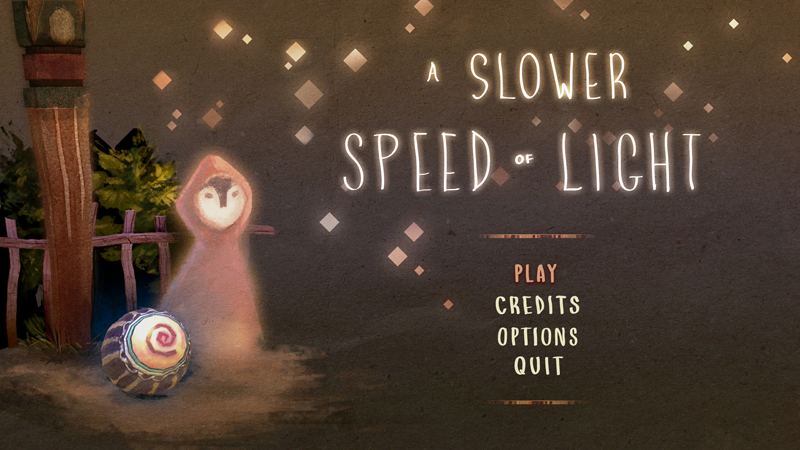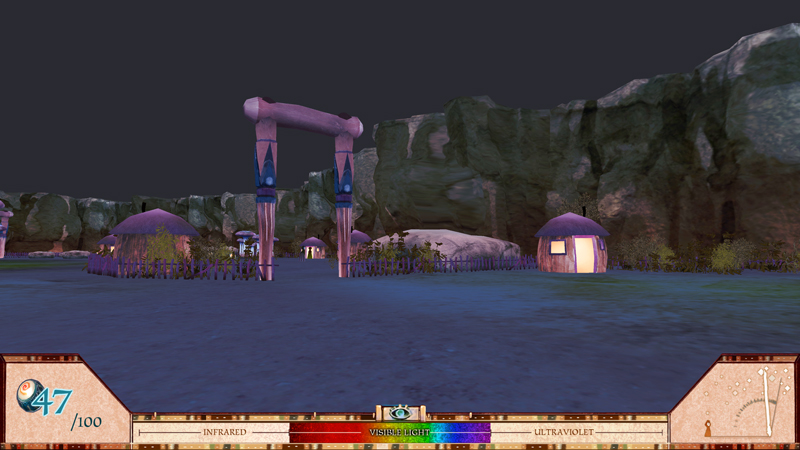3D game with special relativity effects

The Massachusetts Institute of Technology has a computer games lab (MIT Game Lab). It would seem, why is she there? What games can PhDs develop during business hours? And so they showed what: meet the surreal 3D-action A Slower Speed of Light . The player moves through 3D space at a speed close to the speed of light, and collects spherical objects, each of which slows down the speed of light by fixed values. At the same time, visual effects are calculated in real time, in accordance with the special theory of relativity.
Expected Effects:
Doppler effect : red and violet displacement of visible light, as well as a shift of infrared and ultraviolet light within the range visible to the human eye.
')
Aberration of light : increasing the intensity of light in the direction of motion.
Relativistic time dilation : the difference in the perception of time for the player and the surrounding world, the ability to see objects as they were in the past.
Lorentz transformation : distortion of space at a speed close to the speed of light.
The game combines affordable gameplay and a serious scientific base in the field of theoretical physics. In a sense, this is a unique game of this combination of qualities. It can be shown to students in physics lessons in high school and, probably, at the university. In general, wherever they study the special theory of relativity.
Screenshots











The game was tested on the following configurations:
- Intel Core 2 Duo T9900 and Core i7 (2.8 GHz)
- Windows 7 and Mac OS X 10.7 (Lion)
- AMD Radeon HD 6970M, AMD Mobility Radeon HD 4850, Nvidia GeForce 9600M GT
- 8 GB RAM
Some users report that the game is launched under Windows XP with 2 GB of RAM.
Download: Windows │ Mac
The developers from MIT are currently working on the OpenRelativity toolbox for simulating the effects of the special theory of relativity for the Unity3D game engine. Together with the documentation, it will be released in 2013 under a free license.
Source: https://habr.com/ru/post/157229/
All Articles